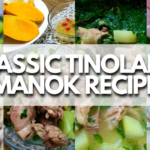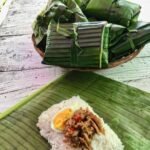Tender Beef Ribs Sinigang Recipe
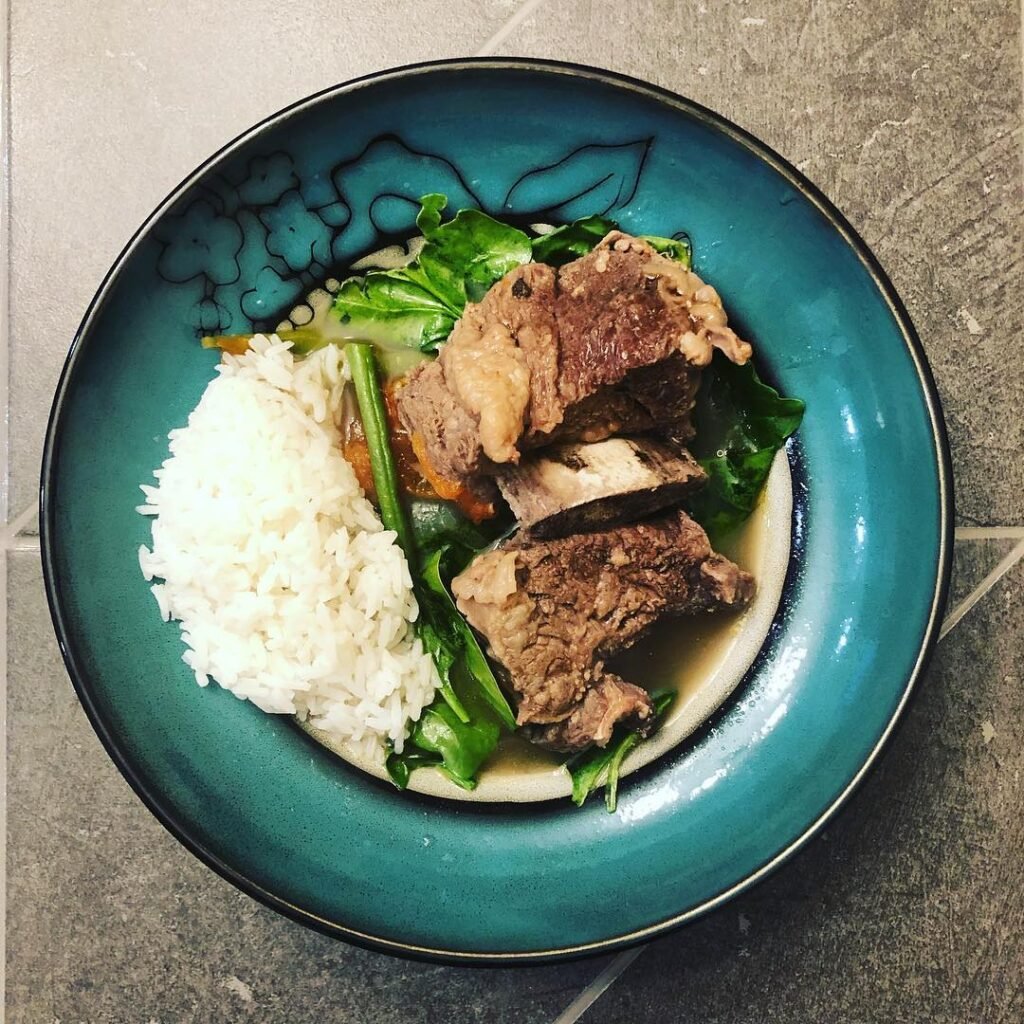
Sinigang is a popular soup dish in Filipino cuisine that is known for its sour and savory flavor. It is typically made with meat, fish, or shrimp and a souring agent, such as tamarind or other fruits. Among the different types of sinigang, the beef variant is a favorite among meat lovers. The combination of tender beef ribs, tangy broth, and a variety of vegetables makes it a comforting and satisfying dish that is perfect for any occasion.
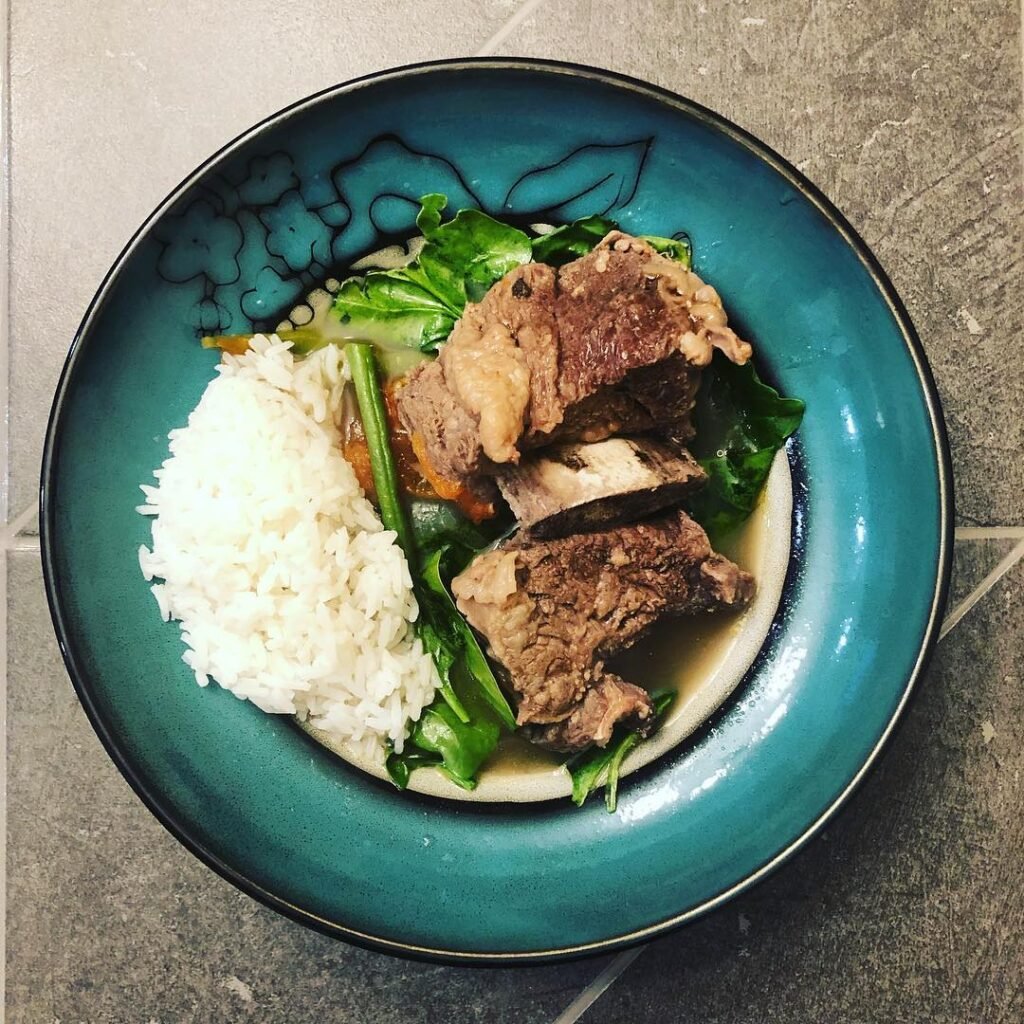
If you are looking for a delicious and healthy tender beef ribs sinigang recipe, you’ve come to the right place. In this article, we will provide you with a step-by-step guide on how to prepare this classic Filipino dish. We will also answer some common questions about sinigang, including its English translation, the best sinigang in the world, and its health benefits.
So, let’s get started!
What is Tender Beef Ribs Sinigang Recipe?
Filipino cuisine boasts of sinigang, a soup dish consisting of meat, fish, or shrimp with a souring agent, which gives it its signature flavor and tanginess. Tamarind is the most prevalent souring agent used, boiled in water to create a sour broth. In the absence of tamarind, substitutes like guava, calamansi, or tomatoes may be utilized.
Sinigang is a versatile dish that accommodates various ingredients according to personal preference and regional variation. Pork, beef, and fish are among the most commonly used meats, while vegetables such as radish, eggplant, spinach, and okra enrich the dish with flavor and nutrition.
What is Sinigang called in English?
Sinigang is a word derived from Tagalog, the language spoken in the Philippines. Its English translation is “sour soup,” which accurately describes the tangy and sour taste of the dish attributed to the souring agent used in the broth.
Alternative of Sampalok in Sinigang
Although tamarind remains the prevalent souring agent in sinigang, it may not be readily accessible in certain areas worldwide. Fortunately, there exist alternatives that yield the same tangy flavor. The following are some of the options:
- Calamansi: A citrus fruit that is commonly used in Filipino cuisine. It has a tangy and slightly sweet taste that is similar to tamarind.
- Guava: The fruit of the guava plant is used to create a sour broth that is similar to tamarind. It has a slightly sweet and tangy taste that pairs well with beef and pork.
- Tomatoes: Tomatoes can also be used as a substitute for tamarind. They have a tangy and slightly sweet taste that can add depth to the broth.
How do you tenderize beef ribs?
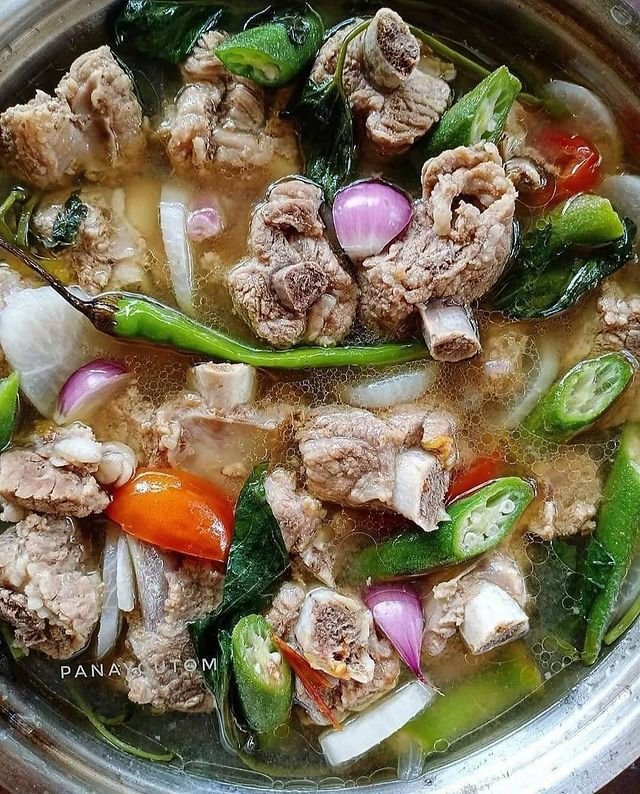
Beef ribs are a common ingredient used in beef sinigang. However, they can be tough and chewy if not prepared properly. Here are some tips to help tenderize beef ribs:
- Marinate the beef: A marinade can help break down the tough muscle fibers in the beef and make it more tender. A simple marinade can be made with soy sauce, calamansi juice, garlic, and black pepper.
- Slow-cook the beef: Slow-cooking the beef can help break down the connective tissue and make it more tender. This can be done in a slow cooker or on the stovetop by simmering the beef in the broth for at least 2-3 hours until it is tender.
- Use a meat tenderizer: A meat tenderizer can be used to break down the tough fibers in the beef. Simply pound the beef with a meat mallet or a rolling pin before cooking.
- Choose the right cut of beef: Some cuts of beef are naturally more tender than others. For beef sinigang, it is best to use beef ribs or beef shank, which have more connective tissue and will become tender when cooked slowly.
Is Sinigang healthy?
Yes, tender beef ribs sinigang is a healthy dish that is rich in nutrients and low in calories. The vegetables used in sinigang are a good source of vitamins and minerals, while the meat or fish provides protein. The souring agent used in sinigang, such as tamarind or calamansi, also has health benefits. Tamarind is rich in antioxidants and can help lower blood pressure, while calamansi is high in vitamin C and can boost the immune system.
However, like any dish, sinigang should be eaten in moderation. Some variations of sinigang may contain high amounts of sodium or fat, so it is important to choose the right ingredients and cooking methods to make it a healthy dish.
What are the disadvantages of sinigang?
While sinigang is a healthy dish, it also has some disadvantages that should be taken into consideration. One of the main disadvantages of sinigang is its high acidity level. The souring agent used in sinigang can cause acid reflux and heartburn, especially if consumed in large amounts. It is important to consume sinigang in moderation and not to eat it too late at night.
Another disadvantage of sinigang is its high sodium content. Some versions of sinigang may contain high amounts of salt or fish sauce, which can be harmful to people with high blood pressure or other health conditions. It is important to use low-sodium ingredients and to season the soup with salt and pepper to taste.
What is the best sinigang in the world?
Determining the best sinigang in the world is a matter of personal preference. Nonetheless, there are some popular variations of sinigang that are worth a try. Among these, the pork sinigang from the province of Batangas stands out for its savory broth. Additionally, the shrimp sinigang from Pampanga is also renowned for its plump and succulent shrimp.
What country invented sinigang?
Sinigang is a Filipino dish that has been a part of Filipino cuisine for centuries. Its origins can be traced back to the pre-colonial era when the indigenous people of the Philippines used souring agents to preserve meat and fish. Over time, sinigang evolved into a popular soup dish that is now enjoyed by Filipinos all over the world.
What soup is number 1 in the Philippines?
Many Filipinos consider sinigang as the national soup of the Philippines and one of the most beloved soups in the country. Its deliciously sour and savory broth, coupled with tender meat or fish and an array of vegetables, make it a comforting and gratifying meal that satisfies countless Filipino palates.
What is the most expensive soup in Asia?
The Chinese delicacy known as bird’s nest soup is one of the most costly soups in Asia. It is made from the saliva of swiftlets and is thought to provide health benefits like enhanced immune function and longevity. The rarity of the ingredients and the arduous process of harvesting the nests result in a steep price tag, with a single bowl of bird’s nest soup costing thousands of dollars.
Conclusion
Sinigang is a classic Filipino dish that is loved by many people around the world. Its unique sour and savory flavor, combined with the tender meat or fish and the variety of vegetables, make it a delicious and healthy soup that is perfect for any occasion. While there are several variations of sinigang, the beef sinigang is a must-try for anyone who loves a hearty and comforting soup.
How to cook Beef Ribs Sinigang
Beef rib sinigang is a popular variation of sinigang that is known for its tender and juicy meat. Here’s how you can make it:
Ingredients:
- 1 kg beef ribs
- 1 onion, quartered
- 2 tomatoes, quartered
- 1 radish, sliced
- 1 eggplant, sliced
- 1 green chili
- 2 cups tamarind juice
- 4 cups water
- Salt and pepper to taste
Instructions:
- In a large pot, bring the water to a boil. Add the beef ribs and let it simmer for 1 to 2 hours or until the meat is tender. You can also use a pressure cooker to speed up the cooking time.
- Once the meat is tender, remove it from the pot and set it aside. Strain the beef broth and discard any impurities.
- In the same pot, sauté the onion and tomatoes until soft. Add the radish, eggplant, and green chili, and sauté for another 5 minutes.
- Pour the tamarind juice and the beef broth into the pot. Add salt and pepper to taste. Bring it to a boil, then lower the heat and let it simmer for 10 to 15 minutes.
- Add the beef ribs back into the pot and let it simmer for another 5 minutes or until the meat is heated through.
- Serve hot with steamed rice and enjoy!
Variations:
- You can add other vegetables such as kangkong (water spinach), okra, or string beans.
- You can use other souring agents aside from tamarind, such as kamias (bilimbi), calamansi, or guava.
- You can also use other meats such as pork, fish, or shrimp instead of beef ribs.
Now that you have the recipe, it’s time to try making your own beef rib sinigang at home. Happy cooking!


